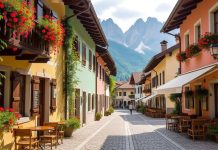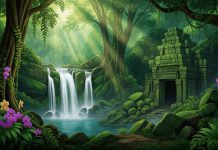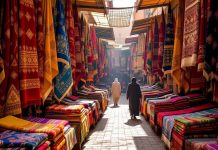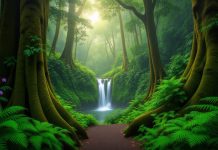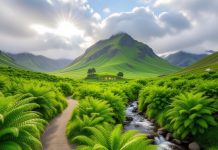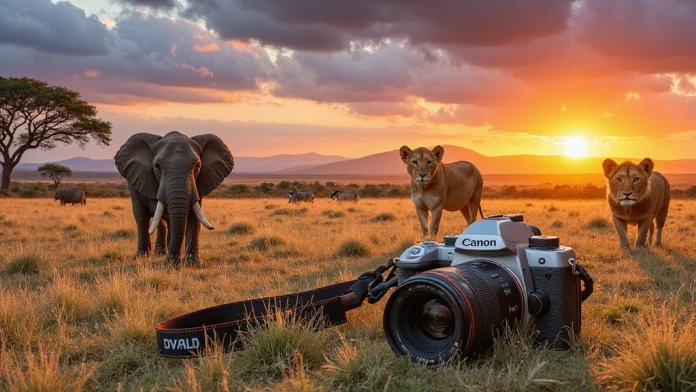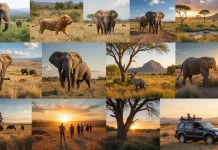10 Stunning African Wildlife Photography Tips That Will Transform Your Shots!
Embarking on an African safari is nothing short of an adventure of a lifetime.
From the majestic elephants to the graceful giraffes, capturing these magnificent creatures in their natural habitat is what every wildlife photographer dreams of.
With the right techniques and perspective, you can elevate your photography game and create stunning visuals that tell a story.
Get ready to explore ten dynamic photography tips that will not only enhance your photographic skills but also ignite your passion for capturing the wonders of African wildlife.
1. Understand Animal Behavior
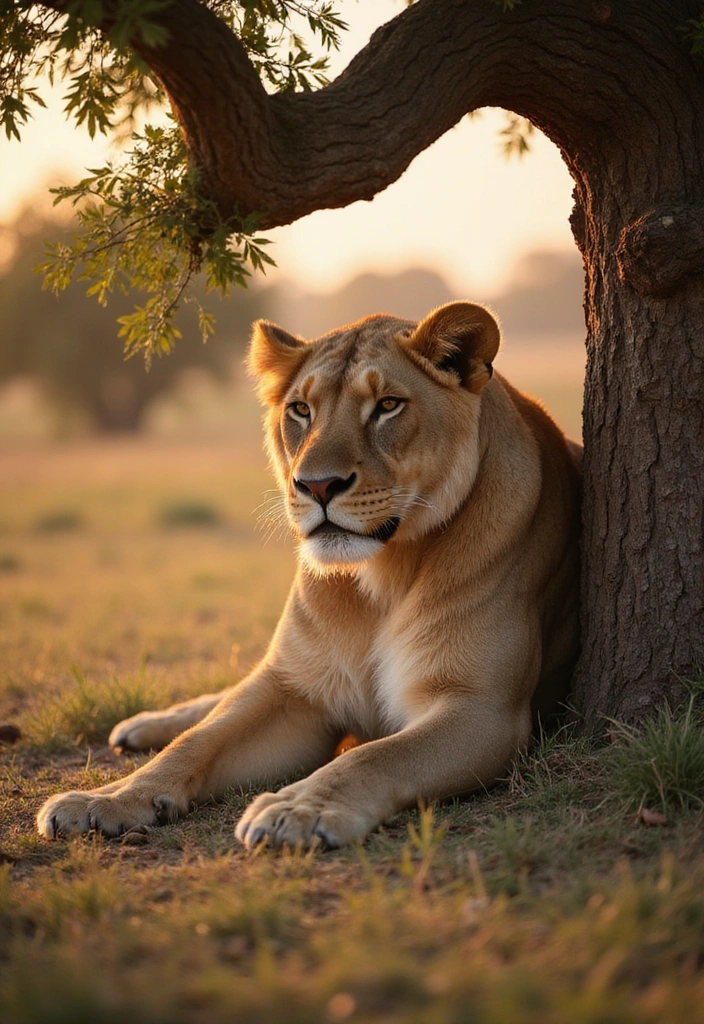
To capture those awe-inspiring shots of wild animals, it’s essential to understand their behavior.
Each species has its own quirks and habits, and knowing when they are most active can make a huge difference.
For instance, lions are often on the move during early mornings and late afternoons, which are also known as the golden hours for photography.
Observing and respecting their natural routines will allow you to position yourself better and anticipate moments that can lead to stunning photographs.
Additionally, immersing yourself in literature about the animals you’re photographing boosts your storytelling abilities through imagery.
Here’s a tip: Stay patient and quiet; wild animals often reveal themselves when they feel safe and undisturbed!
– Learn about the best times to photograph specific animals.
– Study interactions between species for intriguing shots.
– Respect their space; the best photos happen when animals are unaware of your presence.
2. Invest in a Good Lens
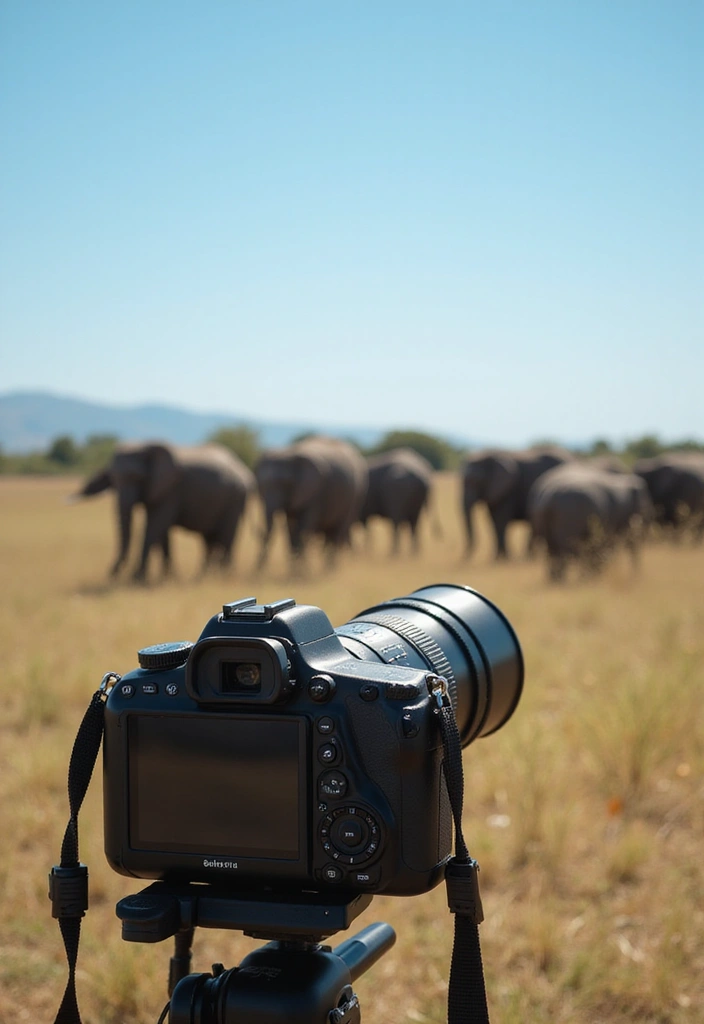
Your lens can make or break your wildlife shots.
Investing in quality lenses, particularly a fast telephoto lens, allows you to capture stunning close-ups without being intrusive.
A lens with a focal length of at least 300mm is ideal for wildlife photography since it lets you shoot from a distance while still achieving sharp images.
Consider using a lens with image stabilization, especially when shooting handheld, to reduce blur from camera shake.
Also, learn to switch between wide-angle and zoom lenses depending on your subject and surroundings.
Your choice of lens can drastically alter the perspective and feel of your photos, so make it count!
– A 300mm telephoto lens is a good starting point.
– Experiment with prime vs. zoom lenses for different effects.
– Don’t forget about a good tripod for stability.
3. Use Natural Light Wisely

Lighting plays a crucial role in photography, particularly in wildlife settings.
The golden hour, which occurs shortly after sunrise and before sunset, offers the softest light, perfect for capturing warm tones and detailed textures on animal fur.
Avoid midday sun that can create harsh shadows and blown-out highlights; instead, plan your outings around these magic hours.
Cloudy days can also be beneficial for wildlife photography as they diffuse light evenly, reducing the risk of overexposed shots.
Learning how to manipulate natural light can not only improve your photos but also enhance the emotional impact of your images.
– Early mornings and late afternoons yield the best results.
– Cloudy weather provides soft, even lighting.
– Experiment with backlighting to create dramatic silhouettes.
4. Find Unique Angles
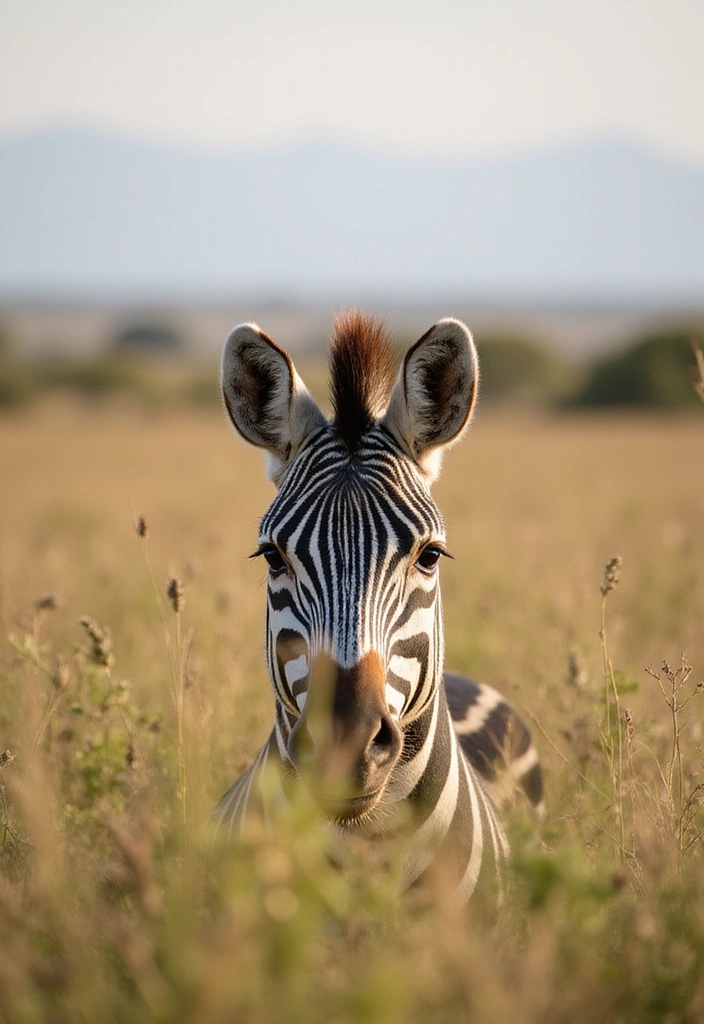
Think outside the box when framing your shots.
Instead of always shooting from eye level, try getting low to the ground or shooting from a higher vantage point to find that unique angle that makes a photo pop.
This perspective change can highlight the grandeur of large animals or the intricate details of small ones.
For example, a shot of a tiny meerkat from its level while it’s standing alert can create a captivating image that’s packed with personality.
Also, don’t hesitate to incorporate interesting foreground elements like grass or branches to add depth to your shots.
– Get down low for a ground-level perspective.
– Climb up higher for a bird’s-eye view.
– Use elements in the foreground to frame your subject.
5. Be Patient and Observant
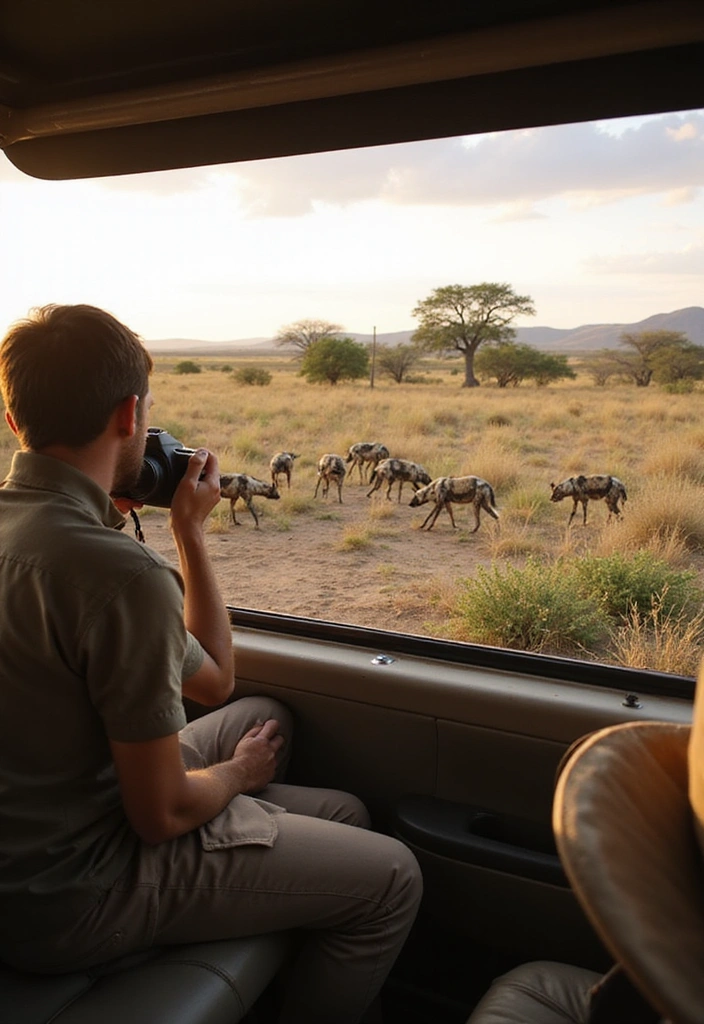
Wildlife photography is all about patience.
Animals often don’t perform on command, and great shots come from waiting for the right moment.
Sometimes you might have to sit quietly for hours, but that’s part of the thrill.
While you’re waiting, take the opportunity to observe the surroundings, as this can lead to unexpected photographic opportunities.
Look for signs of animal activity like tracks or calls, and be prepared to capture spontaneous moments that showcase the beauty of nature and wildlife interactions.
– Bring snacks and water for long waits!
– Have your camera ready at all times; moments can be fleeting.
– Respect nature’s pace; sometimes the best shots are worth the wait.
6. Learn to Shoot in Manual Mode
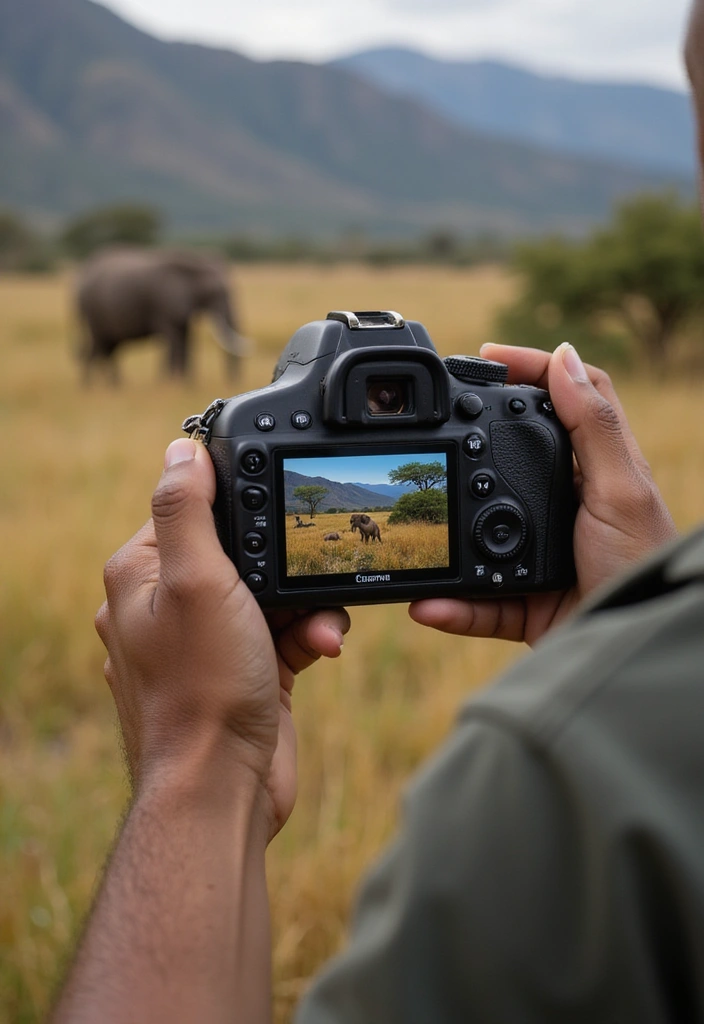
Automatic settings can limit your creative potential.
Getting familiar with manual mode on your camera allows you to control exposure, aperture, and shutter speed, which are essential for capturing wildlife in various lighting conditions.
Experimenting with these settings helps you understand how they affect your images.
For example, a faster shutter speed freezes motion, making it perfect for fast-running animals, while a wider aperture creates a lovely bokeh effect that isolates your subjects.
Practice is key, so take every opportunity to shoot in manual mode until you feel confident.
– Start by adjusting one setting at a time.
– Use your camera’s histogram to check exposure.
– Don’t be afraid to experiment; mistakes lead to learning!
7. Pay Attention to Composition
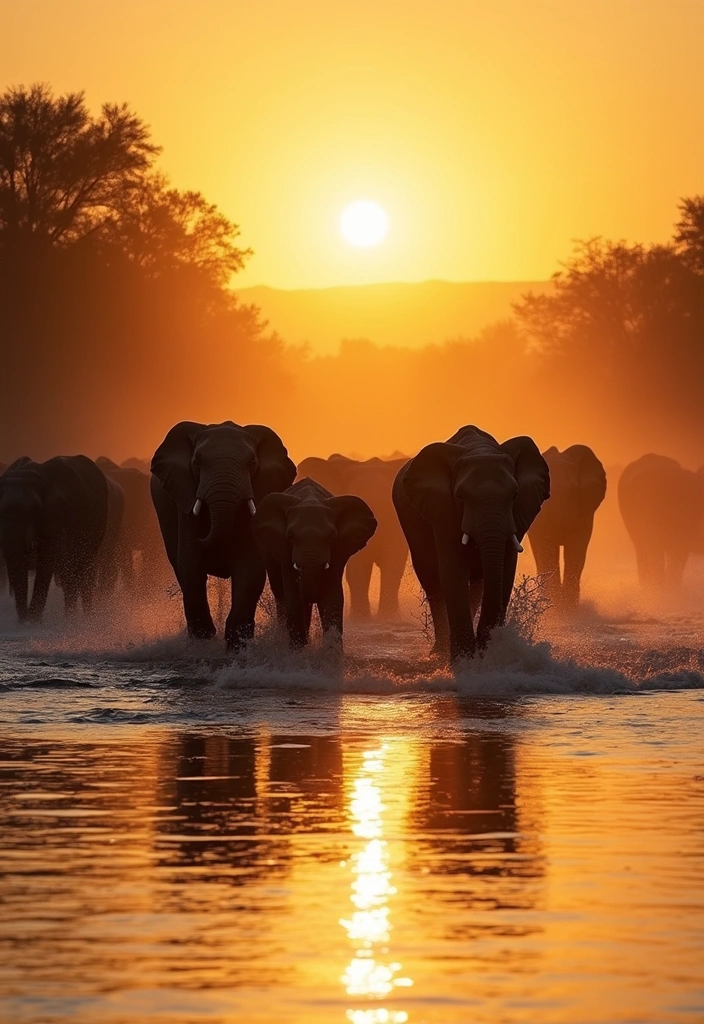
Composition can make or break your wildlife images.
Using the rule of thirds can create balance and interest in your shots.
Try to position your subject off-center and maintain space in the direction they are facing.
Leading lines, such as a winding river or a path through the grass, can draw the viewer’s eye toward the subject, adding depth.
Experiment with symmetry, patterns, and the interplay of light and shadow to create visually stunning photos that stand out.
– Use the rule of thirds for better balance.
– Look for leading lines in the landscape.
– Experiment with symmetry for dramatic effect.
8. Use Burst Mode for Action Shots
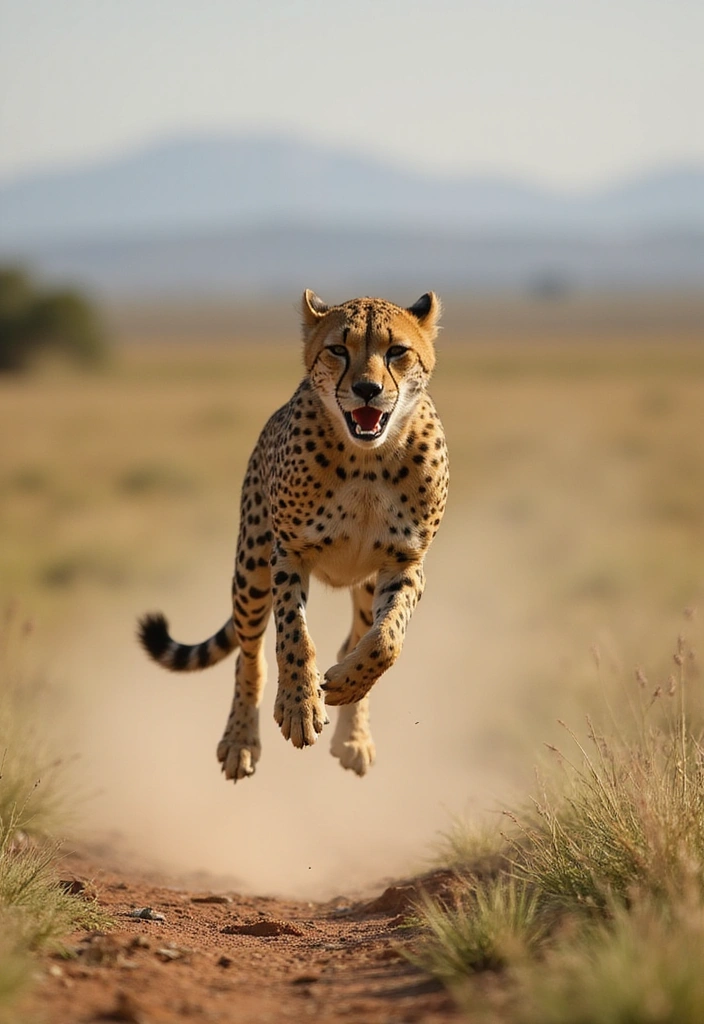
Wild animals are unpredictable, and moments of action can happen in the blink of an eye.
Using burst mode allows you to take multiple shots in quick succession, increasing your chances of capturing that perfect moment.
This feature is particularly useful for fast-moving subjects like cheetahs or birds in flight.
During post-production, you can sift through the images and select the ones that best encapsulate the action.
Don’t forget to keep an eye on your camera settings, as shooting in burst mode can fill up your memory card quickly!
– Set your camera for continuous shooting mode.
– Keep adjusting focus as the action unfolds.
– Don’t hesitate to delete less successful shots later.
9. Respect the Wildlife

Ethics in wildlife photography is paramount.
Maintaining a respectful distance is crucial; encroaching on an animal’s territory can stress them and lead to unsafe situations.
Always follow your guide’s instructions and park regulations.
Using long lenses allows you to capture stunning images without disturbing wildlife.
Remember, your ultimate goal is to document these creatures in their natural state while ensuring their safety and well-being.
This respect for wildlife can also reflect in your photographs, showcasing their true essence and beauty.
– Use telephoto lenses to maintain distance.
– Never feed or provoke animals for a shot.
– Follow park guidelines for ethical photography.
10. Post-Processing for Perfection
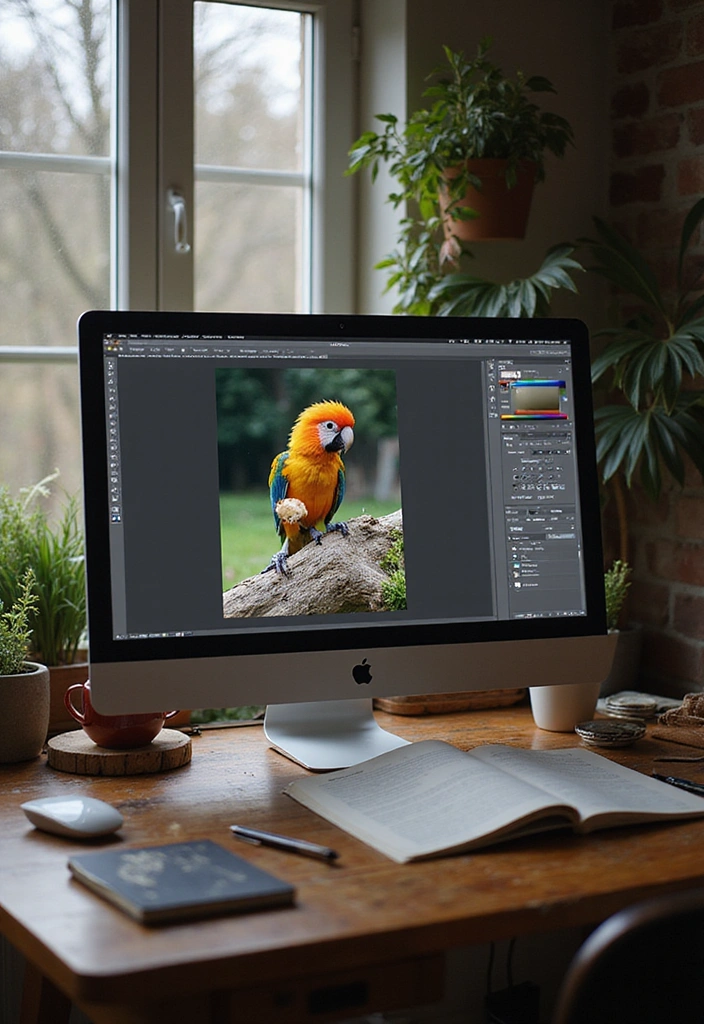
Editing is where the magic can truly happen.
Using software like Adobe Lightroom or Photoshop, you can enhance your images by adjusting exposure, contrast, and color balance.
Don’t overdo it—aim to keep your photos looking natural, but minor tweaks can significantly elevate your work.
Consider cropping for better composition and removing distractions in the background.
Lightroom offers excellent options for batch editing if you’re shooting a lot of images, allowing for consistent color grading and finishing touches across your work.
– Learn the basics of Lightroom or Photoshop.
– Aim for natural-looking edits over heavy filters.
– Use batch editing for efficiency on large photo sets.
Conclusion

Mastering African wildlife photography is a journey filled with excitement and learning.
By applying these tips, you can create mesmerizing images that not only capture the beauty of Africa’s wildlife but also tell a deeper story about their lives.
Embrace the adventure, respect nature, and keep honing your skills—every shot is an opportunity waiting to unfold.


